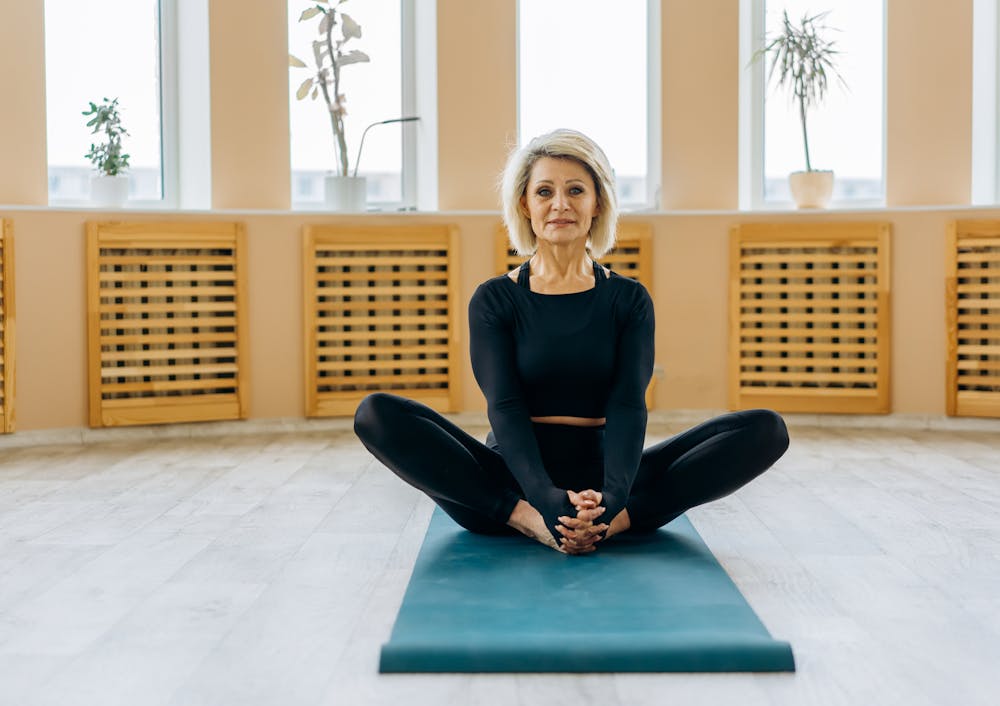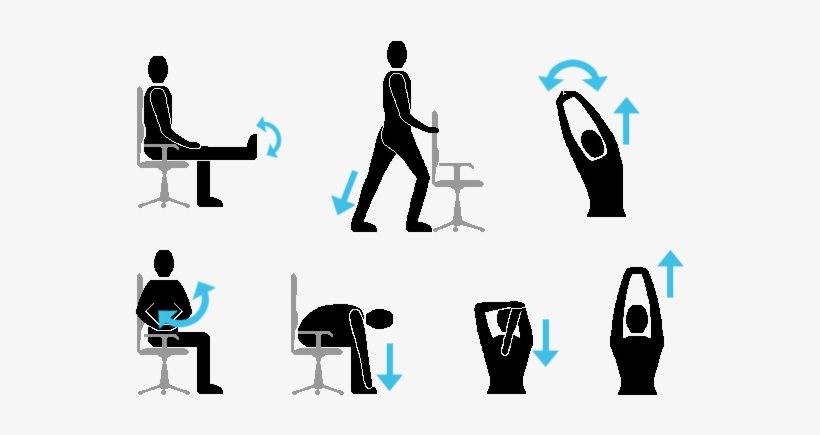For many of us, fitness in our earlier years was about pushing limits and chasing results. But as the body evolves with time, your approach to fitness should naturally evolve with it. In this phase of life, your body may be asking for a different kind of support. Middle-age fitness should focus on movement that energizes you, builds resilience, and nurtures your emotional well-being. This is your time to redefine what it means to feel strong and centered. Let’s explore how to build a routine that mindfully supports your whole self.
Rethinking What Fitness Means Now
You’ve probably heard the phrase “no pain, no gain” more times than you can count. However, there’s a point where that mindset can leave you feeling drained, discouraged, or even injured with limited rewards. There’s no point in punishing yourself if it never makes you feel good after, so it may be time to redefine what fitness means for you now.
The health effects of staying active certainly don’t diminish with age, but the types of exercise can look different. Physical activity is one of the most effective ways to support long-term health as you get older. It helps keep your heart strong, improves circulation, and supports cognitive function. Healthy movement also reduces stress, supports hormonal balance, and can boost your overall mood and self-confidence.
Low-Impact, High-Payoff Workouts
As we get older, the joints start to complain more about the impacts of running, jumping, or lunging. The good news is that many types of workouts can provide gentle strengthening for your joints and limb muscles. Here are a few movement practices that can deliver big benefits without placing undue strain on your body.
- Yoga helps improve flexibility and balance, supports hormonal health, and offers a space to reset emotionally. It is all at once relaxing and strengthening to practice calming the mind while holding a pose.
- Barre blends ballet-inspired moves with strength training, helping to sculpt long, lean muscles while enhancing posture and stability. It’s especially effective for core strength and lower-body tone. The movements are often small, but you’ll be surprised at how challenging they can be.
- Pilates focuses on controlled movement and deep core engagement. It’s excellent for spine health, injury prevention, and working on body alignment. Many women find it helpful to ease chronic tension and improve overall mobility.
- Swimming is a full-body workout that has essentially no impact. It builds cardiovascular endurance, all-around strength, and flexibility without putting stress on bones or connective tissue. Many people find the rhythmic movement of swimming to also have a calming, meditative effect that makes a welcome addition to any day.
Keep in mind that low impact means steady and deliberate exercise to support your body where you are now. Not where it used to be or where someone else thinks it should be.
Building a Routine That Fits Real Life
Let’s be honest: consistency is easier said than done, especially when you’re juggling work, family, aging parents, and everything else in between. Exercise is most effective when it’s consistent, but it’s okay to give yourself some grace. Your routine doesn’t have to be perfect to be powerful.
Start with what feels doable, and let it evolve from there. Maybe you just do 10 minutes of stretching each morning, a walk on your lunch break, or a short Pilates session after dinner. You can even learn easy office workouts.
Remember to build some flexibility in your schedule as well. Some days you’ll feel energized and strong; other days, not so much. That’s okay. Let your energy and body cues guide you. Rest days are part of the process, not a step backward.
Strong Body, Clear Mind
Movement is a lifeline for your mental and emotional health; Regular exercise has been shown to boost mood, reduce anxiety, and sharpen focus. It gives your mind a break and reconnects you with your breath, body, and the present moment.
If you enjoy working out with others, joining a fitness club has many advantages. Group classes, friendly staff, and a sense of community can make it easier to stay motivated and feel supported. Aside from a club, you can join group classes in person or online to find instruction and accountability. Try looking for events at local community centers, churches, school organizations, or even remote fitness classes online.
Conclusion
Your midlife years are a new turning point, when it’s time to refocus your priorities and recalibrate your rhythm. Regarding your fitness, it’s a chance to build a new relationship that’s based on trust in yourself and personal growth. So whether you’re unrolling your yoga mat, pulsing through a barre class, or simply stretching while the coffee brews, know this: you’re doing something powerful. You’re choosing to support your body and mind in a way that honors where you are. That is what strength truly looks like.




